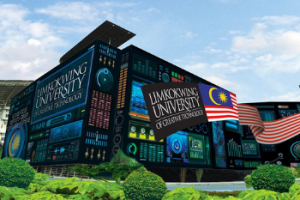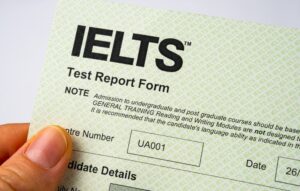Freedom To Present Creativity
Advertising agencies have the freedom to express their creativity in ad campaigns.
If you haven’t watched Burger King’s Whopper burger video advertisement, do it now.
The 45-second video is the brainchild of the fast-food chain’s agency partners, INGO and David Miami and Publicis. It featured the transformation of a freshly made burger over an entire month. The ingredients – shown in great detail – grew moldy from top to bottom, and ended with the tagline, “The Beauty of No Artificial Preservatives”.
It’s gross, I know. But they made their point!
In public relations, you can’t just create a story out of the blue to promote a product. You must be able to generate buzz from the news or story that you’re writing for a product, while exercising your creativity to convince the news media to publish your work!
Targeting Audience vs Convincing Editors
You must identify your target audience and advertise accordingly when it comes to advertising.
 Knowing the target audience helps advertisers to effectively advertise a product.
Knowing the target audience helps advertisers to effectively advertise a product.
(Image source: Unsplash)
Some of the best ways to do so are to understand the benefits of the product, collect your target audience’s demographic data, send out customer surveys, and research competitors and trends. You wouldn’t advertise auto parts on a fashion and beauty website!
You’ll be convincing the editor or news director to cover your event or publish your article when it comes to public relations. Your ideas must be laid out properly with newsworthy, relevant, and current ideas that fit existing trends. It may sound pretty challenging, but once you get the hang of it, it’s actually quite an interesting part of the job!
Getting Into The Minds Of Consumers
 Credibility plays a huge role in determining a customer’s buying decision.
Credibility plays a huge role in determining a customer’s buying decision.
(Image source: Unsplash)
In advertising, consumers know when you’re trying to sell them something.
This in turn will make advertisements appear to have less credibility than the press releases and event coverage done by a PR agency.
In public relations, when consumers read a product article or watch its coverage event on TV, they view it as something credible and unbiased. Instead of just blatantly selling them something, it feels more like a journey towards discovering the product through articles and press releases.
Writing Style
Buy Now! Limited Time Only! Call Us Today!
I’m sure you’ve seen plenty of these advertising mantras around.
They are called CTA, or Call-To-Action, an instruction used by advertisers to convince you to purchase a product or subscribe to a service.
Over the years, advertisers have created witty, funny, and even ironic CTAs just to make you hit the purchase button. They may sound fantastical (The Magic Begins), and some may feel irresistible (Launch. DO NOT PRESS). Either way, when you click the button, that means their mojo worked!
 A witty phrase can ignite curiosity in customers.
A witty phrase can ignite curiosity in customers.
(Image source: Unsplash)
However, that is not the case in public relations. Your press releases and conference speeches must be professionally written in a no-nonsense format. You want to maintain your client’s reputation, not ruin it!
There you have it! I hope this clears up any confusion regarding the difference between advertising and public relations!
If you’re planning to major in Advertising or Public Relations, Eduloco can help! Just send a message to [email protected] and you’ll hear from us soon!
Before you go, check out these articles by Eduloco!





 Knowing the target audience helps advertisers to effectively advertise a product.
Knowing the target audience helps advertisers to effectively advertise a product. Credibility plays a huge role in determining a customer’s buying decision.
Credibility plays a huge role in determining a customer’s buying decision. A witty phrase can ignite curiosity in customers.
A witty phrase can ignite curiosity in customers.










